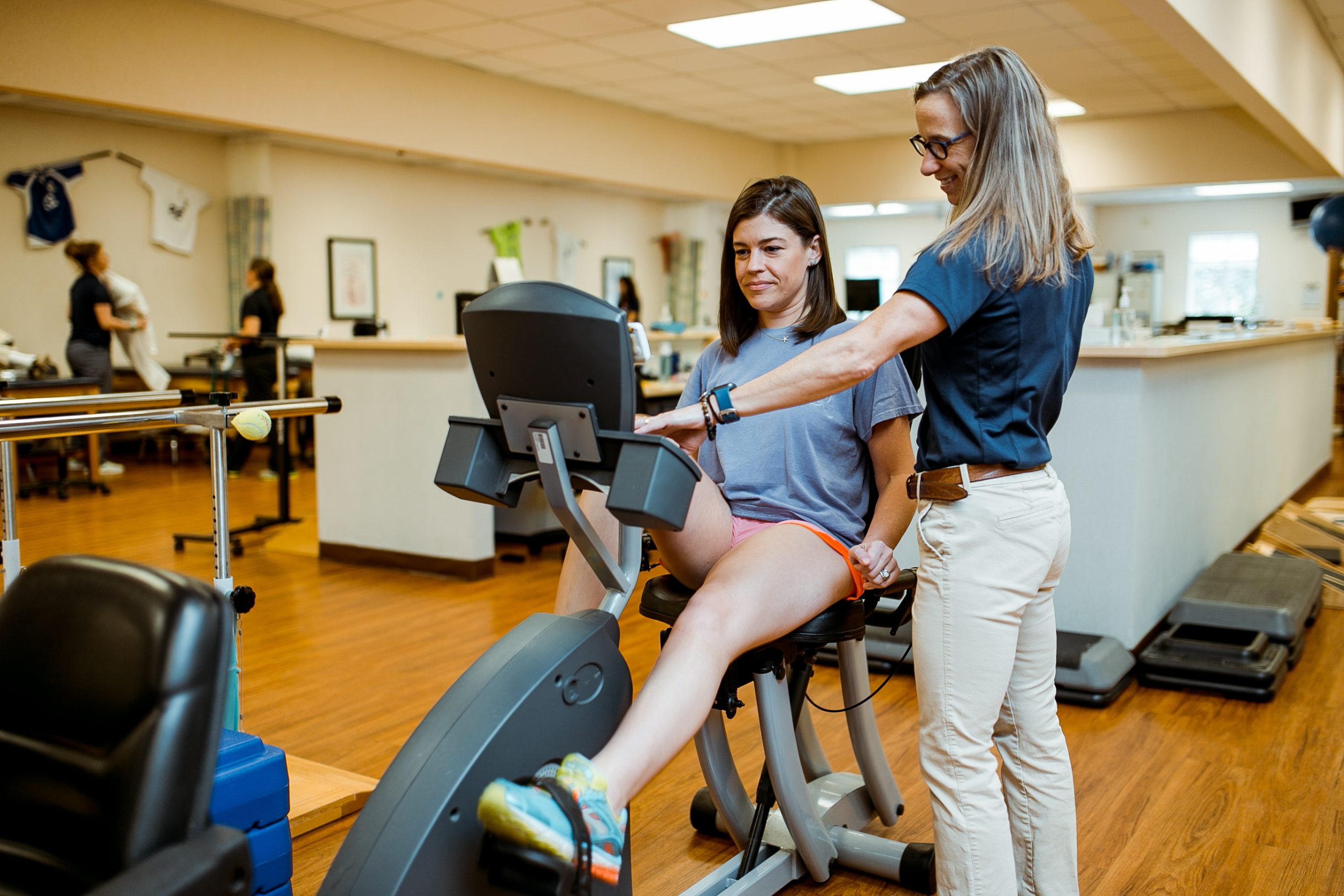Manual treatment techniques are manual methods used by healthcare providers to address musculoskeletal pain. Such techniques include different types of manipulation and mobilization of the human muscle tissue and joints. The goal of manual therapy is to relieve pain, enhance movement, and enhance overall performance. Many individuals experience muscle and joint pain due to trauma, poor posture, or conditions like joint inflammation. By using hands-on therapy, therapists aim to address these concerns and help clients recover their quality of living.
One frequent manual treatment method is vertebral adjustment. This method involves applying controlled pressure to the vertebral column to enhance positioning and decrease discomfort. Studies has demonstrated that vertebral adjustment can be effective in treating lower back pain and neck pain. Another method is soft tissue mobilization, which focuses on relieving tension in the muscles and soft tissues. This can help alleviate stiffness and improve flexibility, making it easier for patients to move without discomfort. Both methods can be customized to satisfy the individual requirements of each client, ensuring a personalized approach to care.
In furthermore to discomfort alleviation, hands-on treatment can improve find more info client results in multiple aspects. For example, it can improve circulation, which helps deliver oxygen and nutrients to the affected areas of the system. Improved blood flow can also encourage recovery and alleviate swelling. Furthermore, hands-on therapy can help patients develop better body consciousness, which is crucial for avoiding subsequent trauma. By comprehending how their bodies move, clients can make more informed choices about their activities and posture, leading to sustained advantages.
The efficacy of hands-on therapy is often supported by patient feedback. Numerous patients indicate notable improvements in their pain levels and overall function after undergoing care. This favorable reaction can lead to increased drive for clients to participate in physical activity and recovery programs. When clients feel improved, they are much likely to engage in their recovery process, which can further improve their results. This cooperative approach between the provider and the patient is crucial for achieving lasting outcomes.
In summary, manual treatment methods play a vital role in alleviating muscle and joint discomfort and enhancing client outcomes. By using techniques such as vertebral adjustment and gentle connective tissue manipulation, medical professionals can help patients regain movement and alleviate discomfort. The benefits of hands-on treatment extend beyond immediate pain relief, as it also promotes healing and encourages clients to take an proactive role in their recovery. As an increasing number of people seek effective therapies for muscle and joint concerns, manual therapy continues to be an important choice in the field of medicine.

Comments on “Investigating the Effect of Manual Treatment Methods on Alleviating Muscle and Joint Pain and Enhancing Client Outcomes”